iPhone chargers are vital for keeping your device fueled up and ready to use. However, poor charging practices can result in safety risks such as device overheating, battery damage, and electrical dangers. To keep your iPhone and charger in good working order, observe these vital safety guidelines. Understanding the main mistakes that many users make and practicing optimal charging habits can help you safeguard your smartphone, maximize its battery life, and prevent avoidable dangers. Let’s look at some important charging safety guidelines.
Why Charger Safety is Crucial
Charger safety is an important factor for all iPhone users. The inappropriate charger or charging habits might harm your device’s battery, shorten its life, or even result in dangerous circumstances such as overheating or electrical fires. Non-certified chargers, for example, may not exceed safety requirements, resulting in unexpected effects. Furthermore, charging your phone in hazardous conditions or overcharging can put extra strain on the battery, leading it to degrade quickly. To avoid these hazards, follow the rules to maintain your iPhone’s safety and best performance. Using the proper chargers and charging practices protects not just your phone, but also your personal safety.
Common iPhone Charger Pitfalls to Avoid
Using Cheap, Non-Apple Certified Chargers
Choosing inexpensive, non-Apple authorized third-party chargers is one of the most frequent errors made by iPhone owners. Over time, your device’s battery may be harmed by these uncertified chargers, as they might not provide the proper voltage or current. Furthermore, these chargers frequently lack the necessary safety safeguards, making your device susceptible to overheating or electrical surges. Conversely, Apple-certified chargers are made especially for your smartphone, guaranteeing both compatibility and security. When buying third-party chargers, always look for the “MFi” (Made for iPhone) label to ensure that they adhere to Apple’s safety and quality requirements.
Leaving Your iPhone Plugged in Overnight
Another typical charging error is to leave your iPhone plugged in overnight. While current iPhones are intended to handle battery charge effectively, extended exposure to constant electricity can cause overheating and reduce battery efficiency over time. This is especially true while your phone is charging in a warm area. Charging overnight may potentially leave your iPhone plugged in after it has reached full charge, putting unnecessary strain on the battery. To avoid these problems, consider unplugging your iPhone once it reaches 100% capacity, or utilize features like Optimized Battery Charging, which reduces battery wear by learning your charging habits.
Overcharging and Undercharging Your Device
Overcharging or undercharging your iPhone can have a detrimental influence on battery life. While iPhones are intended to cease charging once they reach full capacity, leaving your phone plugged in for extended periods of time might lead to battery deterioration over time. On the other hand, allowing your battery to repeatedly drop to 0% before charging might put strain on it, shortening its life. The best practice is to keep your battery charge between 20% and 80% whenever feasible. This helps to conserve battery health and keeps your iPhone performing at its top for extended periods of time.
How to Safely Charge Your iPhone
Use Certified and High-Quality Chargers
Always use Apple-certified chargers or high-quality third-party chargers with the “MFi” mark. Certified chargers are carefully engineered to provide the appropriate power output for your device, resulting in safe and efficient charging. Non-certified or low-quality chargers might cause your device to overheat, charge intermittently, or even malfunction. Investing in authorized chargers ensures that your iPhone charges securely, preserving battery health and preventing damage. Quality is important when it comes to keeping your smartphone charged safely, whether you choose an Apple charger or a third-party charger.
Charge Your iPhone in a Safe, Cool Environment
Charging your iPhone in a cool, dry environment is critical for both its safety and battery health. Heat can harm your iPhone’s battery, causing it to overheat when charging. Charging your device in a well-ventilated environment away from direct sunlight or heat sources helps keep the battery at its ideal temperature. Avoid charging your phone under blankets or in confined locations where heat might accumulate. Charging in a cool atmosphere guarantees that your iPhone charges effectively without placing unnecessary strain on the battery, extending its life.
Monitor Charging Time and Unplug When Fully Charged
You should keep an eye on the charging time and unplug your iPhone after it is fully charged in order to extend its battery life. Modern iPhones include safeguards against overcharging, but it’s still a good idea to disconnect your device as soon as the battery reaches 100%. This lessens the strain on the battery and stops needless heat accumulation. Consider utilizing the Optimized Battery Charging function if you charge your device overnight. This feature learns your charging habits and makes sure the device finishes charging right before you need to use it, safeguarding the health of your battery.
Conclusion
You can make sure that your iPhone stays in excellent shape and that its battery lasts longer by adhering to these easy yet powerful safety guidelines. By avoiding common mistakes like overcharging, keeping your iPhone plugged in overnight, and using non-certified iPhone chargers, you may prolong the life of your smartphone and its battery. Always use a high-quality iphone charger, charge in a cool environment, and monitor your phone’s charging progress to maintain optimal battery health. With these practices, you can enjoy a safer, more efficient charging experience and keep your iPhone running smoothly for years to come.

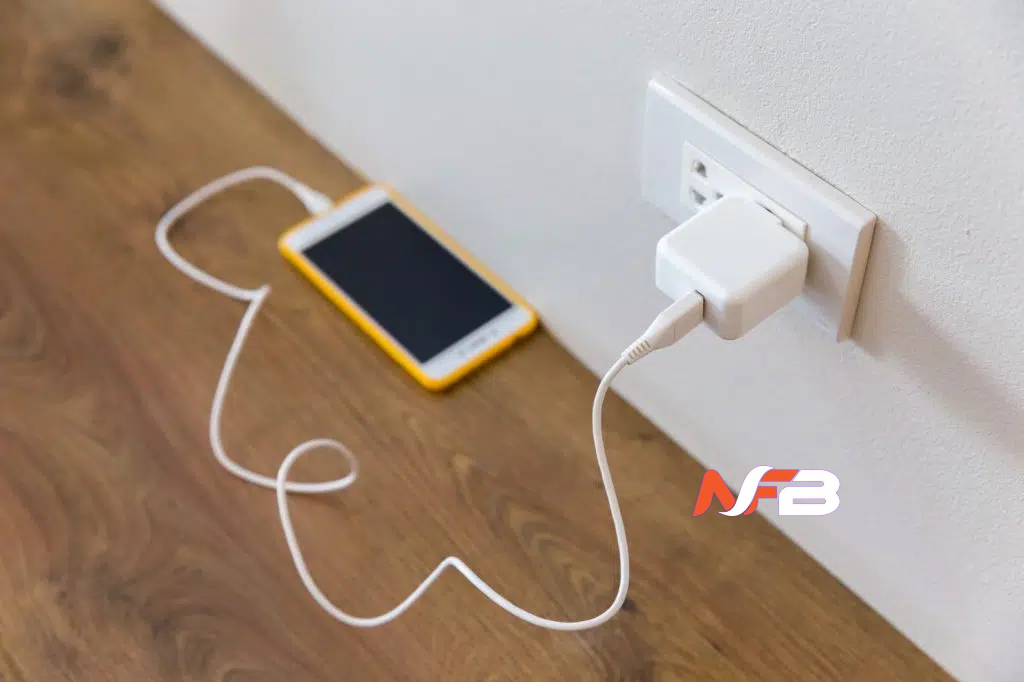




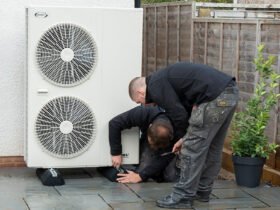

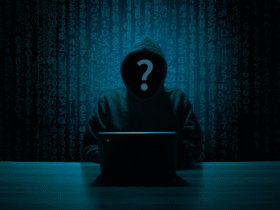
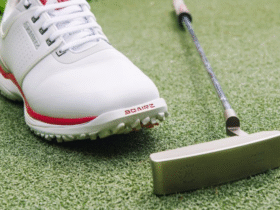

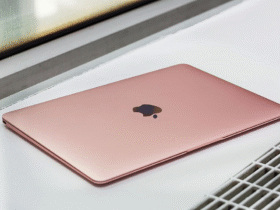

Leave a Reply